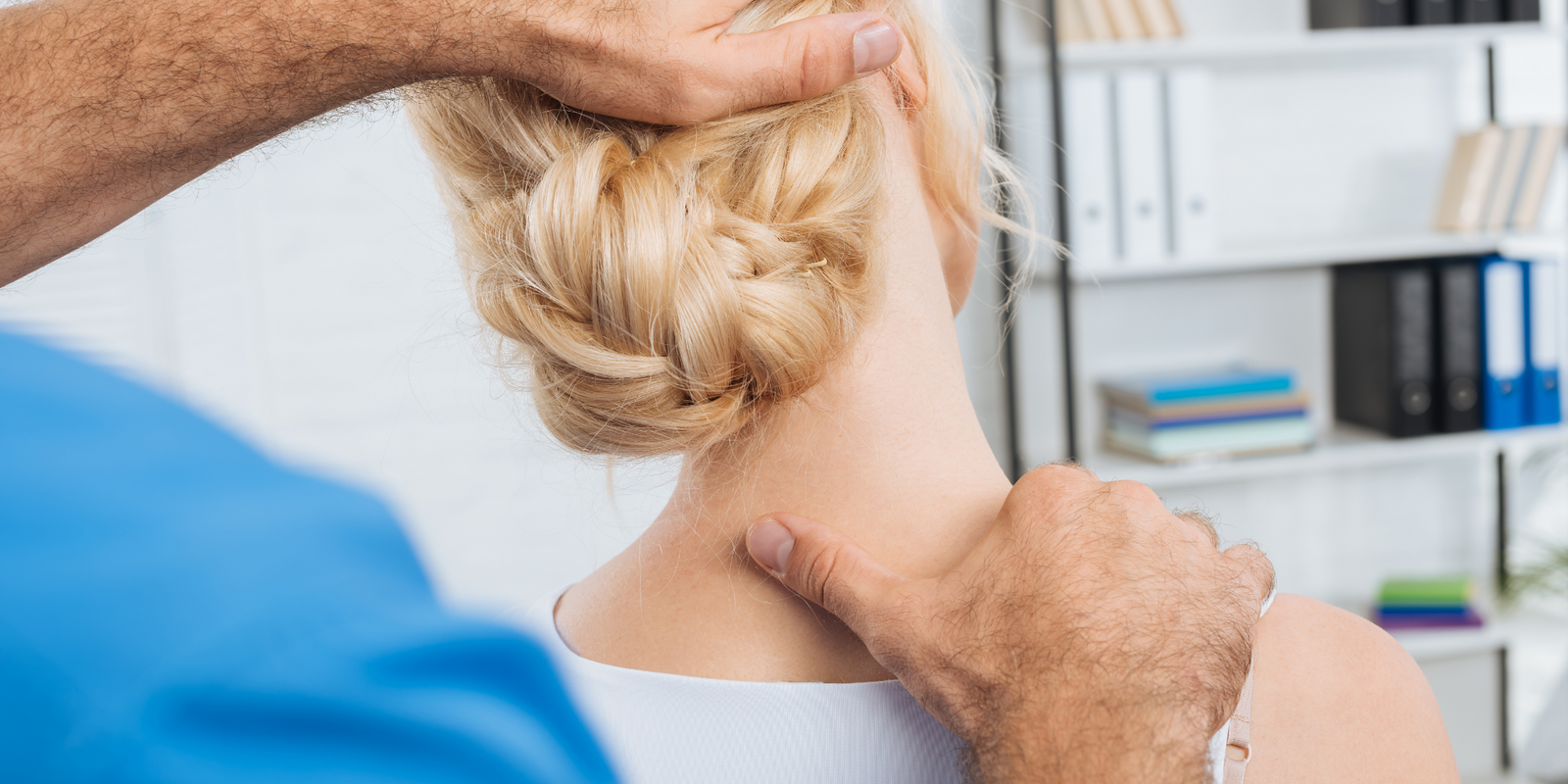If you're suffering from neck pain or a stiff neck, a cervical traction device can be a great solution to relieve discomfort and improve your quality of life. But with so many options available on the market, it can be overwhelming to choose the right one for you. In this blog post, we'll guide you through the process of selecting the right cervical traction device and show you how to use it safely and effectively.
Understanding Cervical Traction
Before diving into how to choose the right cervical traction device, it's important to understand what cervical traction is and how it works. Cervical traction is a therapeutic technique that involves stretching the neck to relieve pressure on the spinal discs and joints. It can be performed manually by a healthcare professional or by using a traction device.
Cervical traction devices come in a variety of styles and designs, but they all work by applying a gentle and steady force to the neck to stretch the cervical spine. This helps to decompress the spine, relieve pressure on the discs, and improve circulation in the affected area. It can be an effective treatment for conditions such as herniated discs, arthritis, and pinched nerves.
Choosing the Right Cervical Traction Device
When choosing a cervical traction device, there are several factors to consider, including the type of traction, the level of adjustability, and the comfort of the device.
1: Type of Traction
The first consideration is the type of traction that the device offers. There are two main types of cervical traction devices: over-the-door and neck wrap.
Over-the-door traction devices are designed to be hung from a door or other stable object, and they use a pulley system to apply traction to the neck. They often come with a harness that fits around the head and neck, and they can be adjusted to control the amount of traction.
Neck wrap traction devices, on the other hand, are designed to be worn like a collar around the neck. They use an air bladder or weighted design to apply traction, and they are often more portable and easier to use than over-the-door devices.
2: Adjustability
The level of adjustability is another important factor to consider when choosing a cervical traction device. Ideally, you want a device that allows you to control the amount of traction that is applied to your neck, as well as the angle of the neck.
Some devices come with a simple knob or lever that allows you to adjust the amount of traction, while others offer more precise controls that allow you to adjust the angle of the neck as well. It's important to choose a device that offers enough adjustability to meet your specific needs.
3: Comfort
Finally, you want to choose a cervical traction device that is comfortable to use. Look for a device that is made from high-quality materials and is designed to be worn for extended periods without causing discomfort or irritation.
Consider the size and shape of the device, as well as the quality of the padding and straps. You want a device that is easy to put on and take off, and that stays securely in place during use.
Using a Cervical Traction Device Safely and Effectively
Once you have chosen the right cervical traction device for you, it's important to learn how to use it safely and effectively. Here are some tips to help you get started:
1: Read the Instructions
Before using your cervical traction device, be sure to read the instructions carefully. Pay close attention to any warnings or precautions, as well as the recommended usage and maintenance instructions.
2: Start Slowly
If you're new to cervical traction, it's important to start slowly and gradually increase the amount of traction over time. Begin with a low level of traction and gradually increase it as your body adjusts.
3: Avoid Overstretching
It's important not to overstretch your neck when using a cervical traction device. Follow the manufacturer's instructions for the recommended amount of time to use the device and the appropriate amount of force to apply. Overstretching your neck can cause discomfort, muscle strain, and even further damage to your cervical spine.
4: Use Proper Technique
Proper technique is essential for using a cervical traction device safely and effectively. Make sure the device is properly adjusted and positioned before starting the session. If you're using an over-the-door device, ensure that the harness is properly fitted and the pulleys are aligned correctly.
5: Relax
It's important to relax your muscles and allow your neck to stretch during the traction session. Avoid tensing your muscles or holding your breath, as this can impede the stretching process and cause discomfort.
6: Take Breaks
If you experience discomfort or pain during the traction session, it's important to take a break and adjust the device or decrease the level of traction. If you continue to experience discomfort, stop using the device and consult a healthcare professional.
7: Maintenance and Care
To ensure the longevity of your cervical traction device, it's important to follow the manufacturer's instructions for maintenance and care. Keep the device clean and dry, and store it in a cool, dry place when not in use. Check the device for signs of wear and tear, and replace any damaged parts promptly.
Cervical traction can be a highly effective treatment for neck pain and stiffness, but choosing the right device and using it safely and effectively are essential for achieving the best results. By considering the type of traction, adjustability, and comfort of the device, and following proper techniques and maintenance guidelines, you can safely and effectively incorporate cervical traction into your treatment regimen. Remember to always consult a healthcare professional before starting any new treatment program. Check out our store here.


